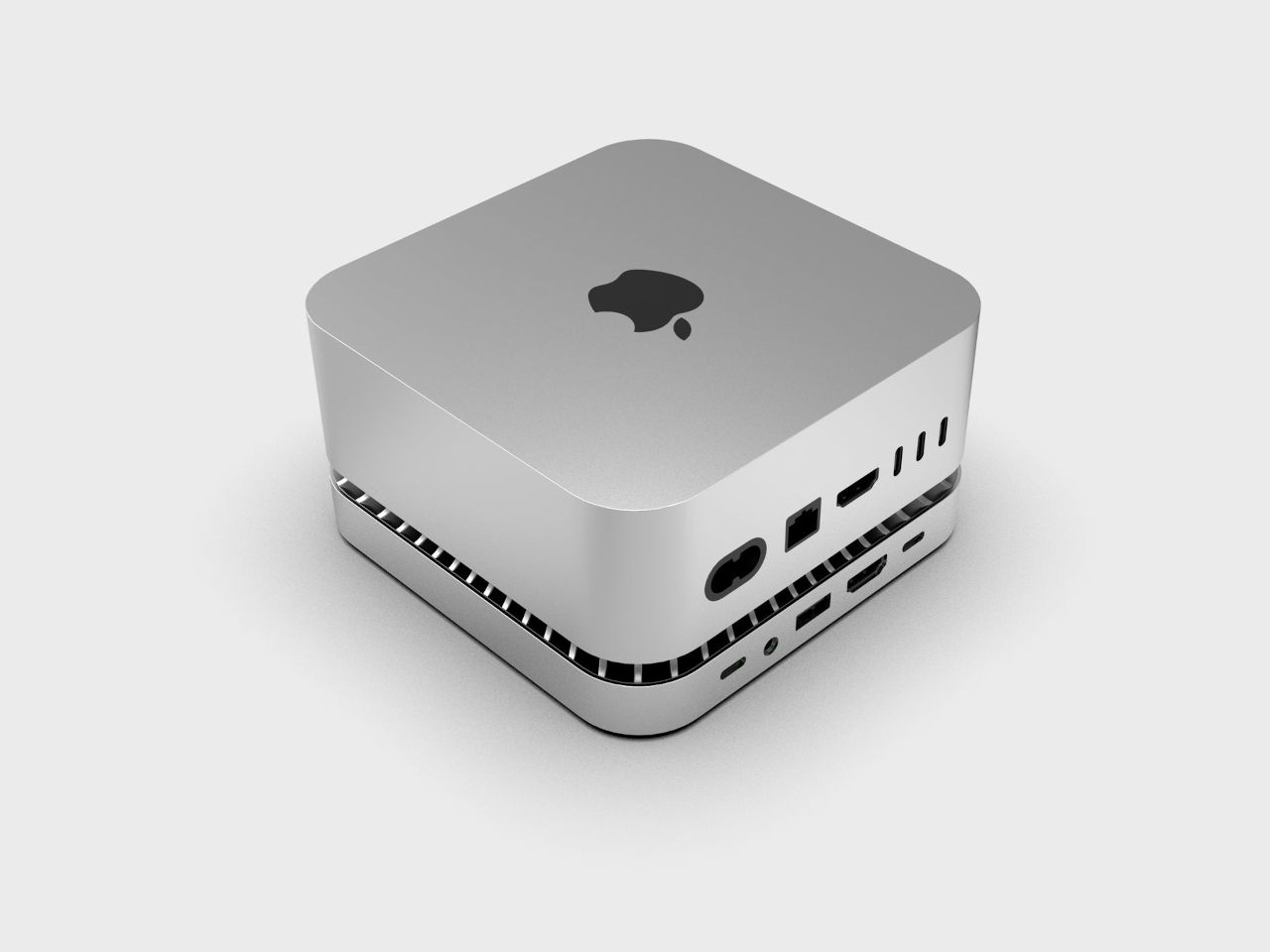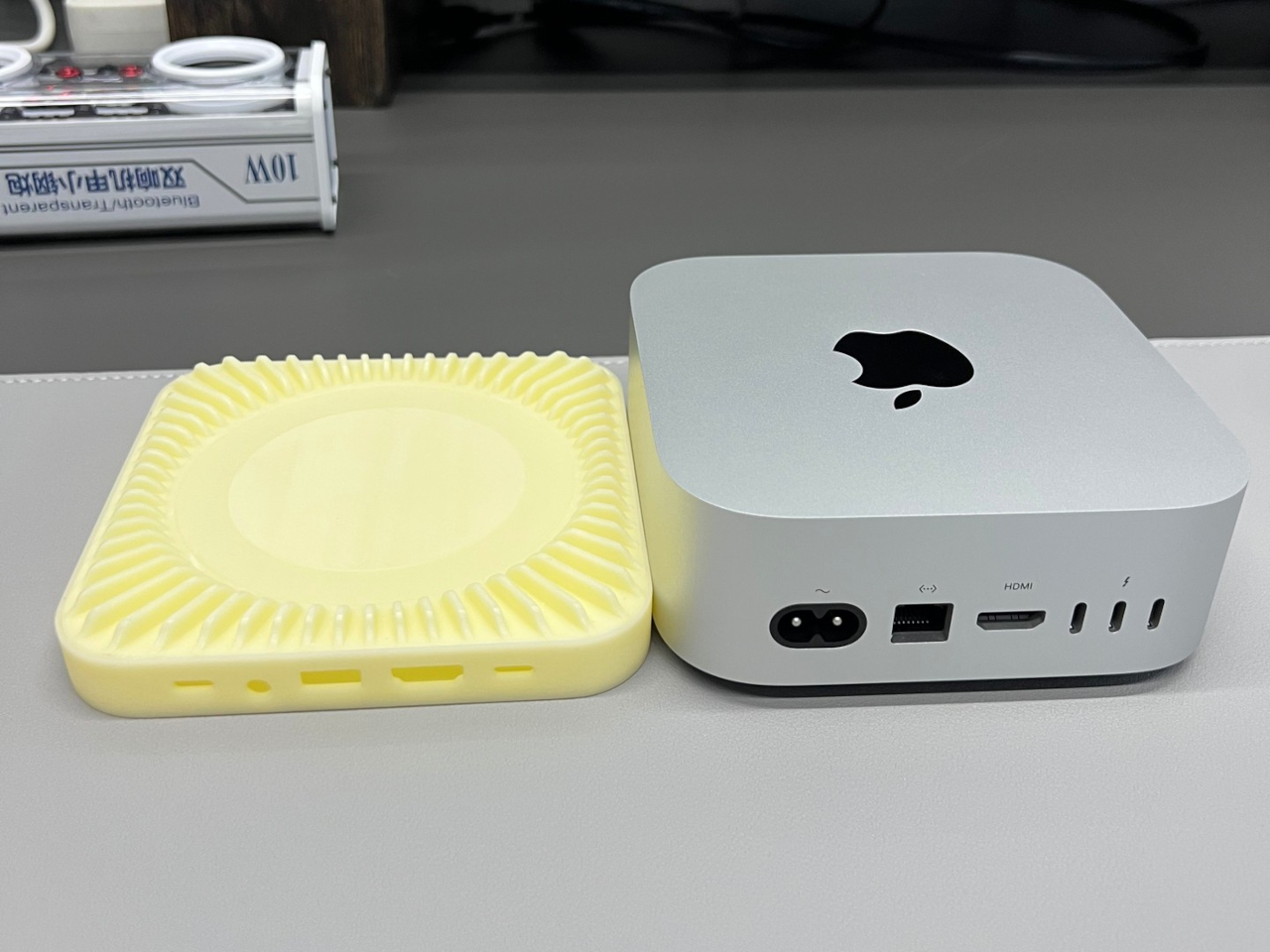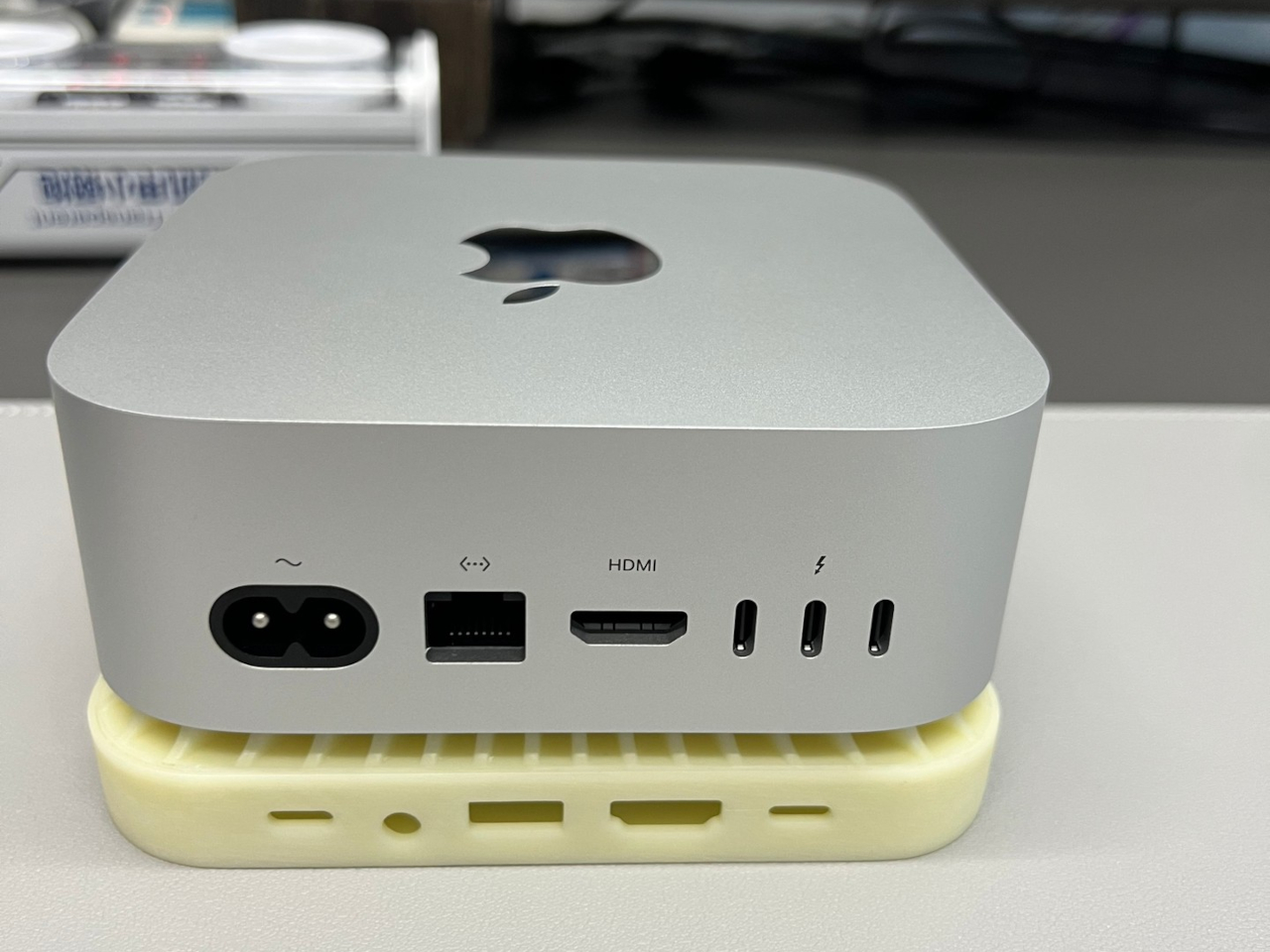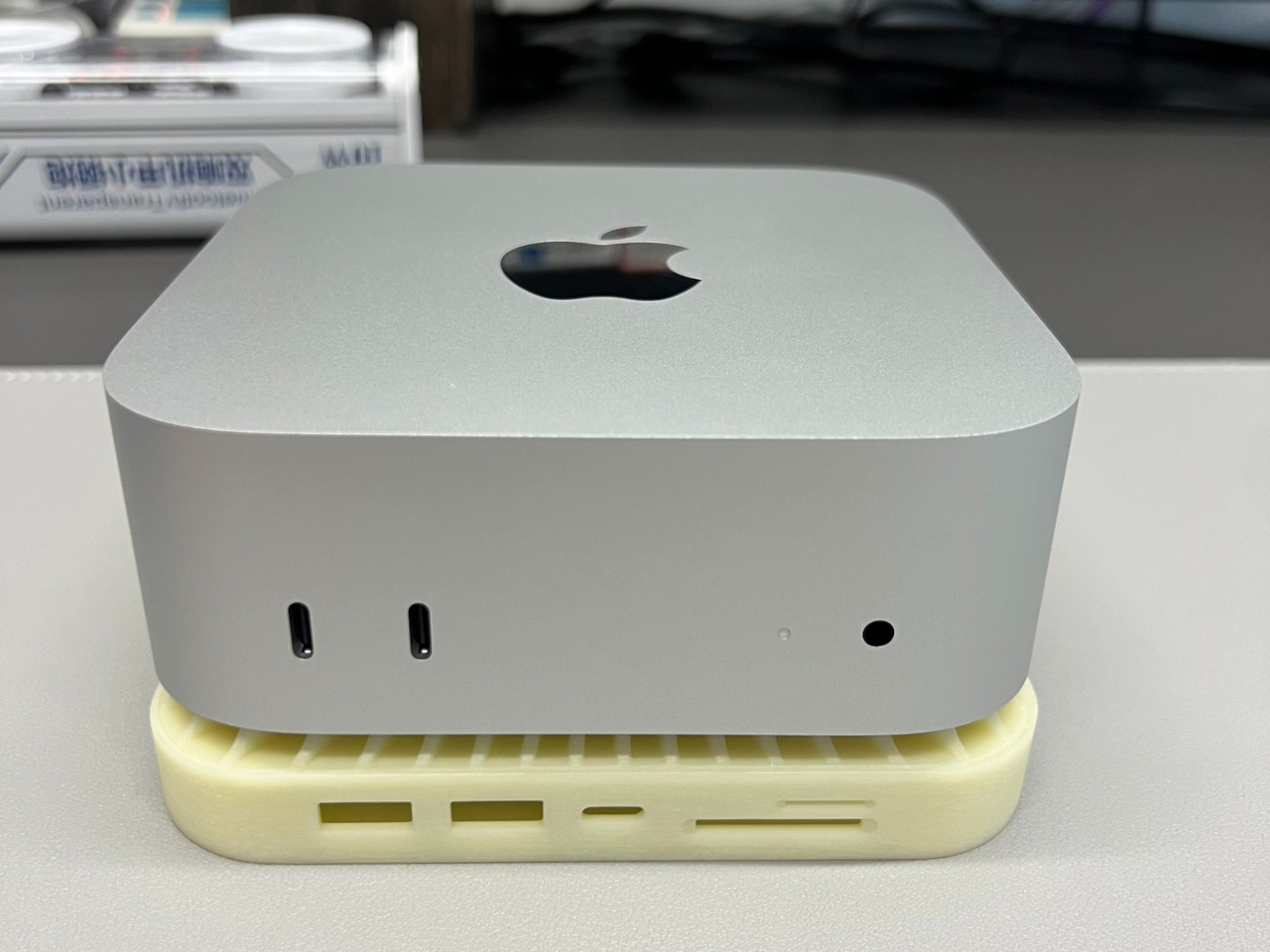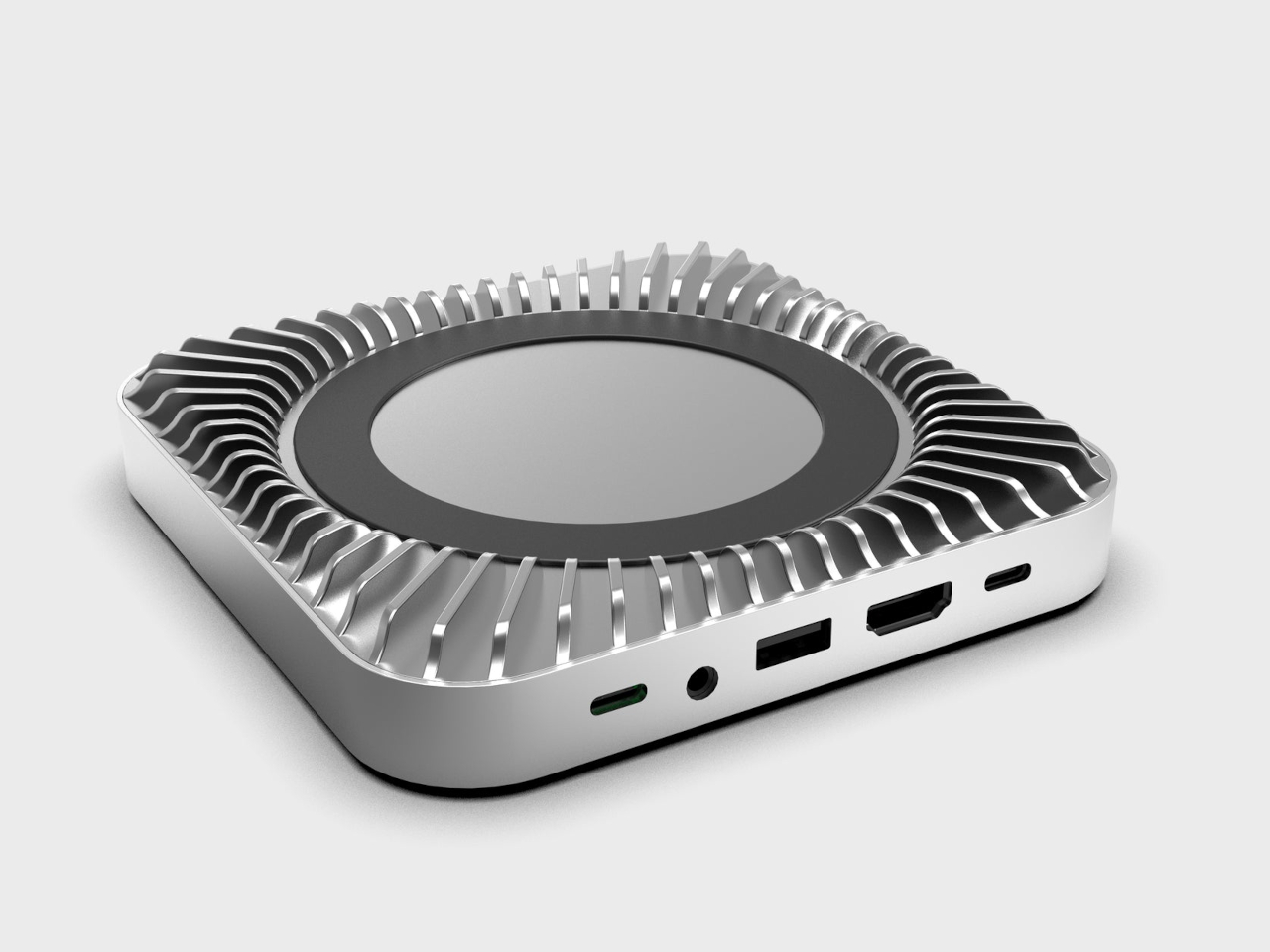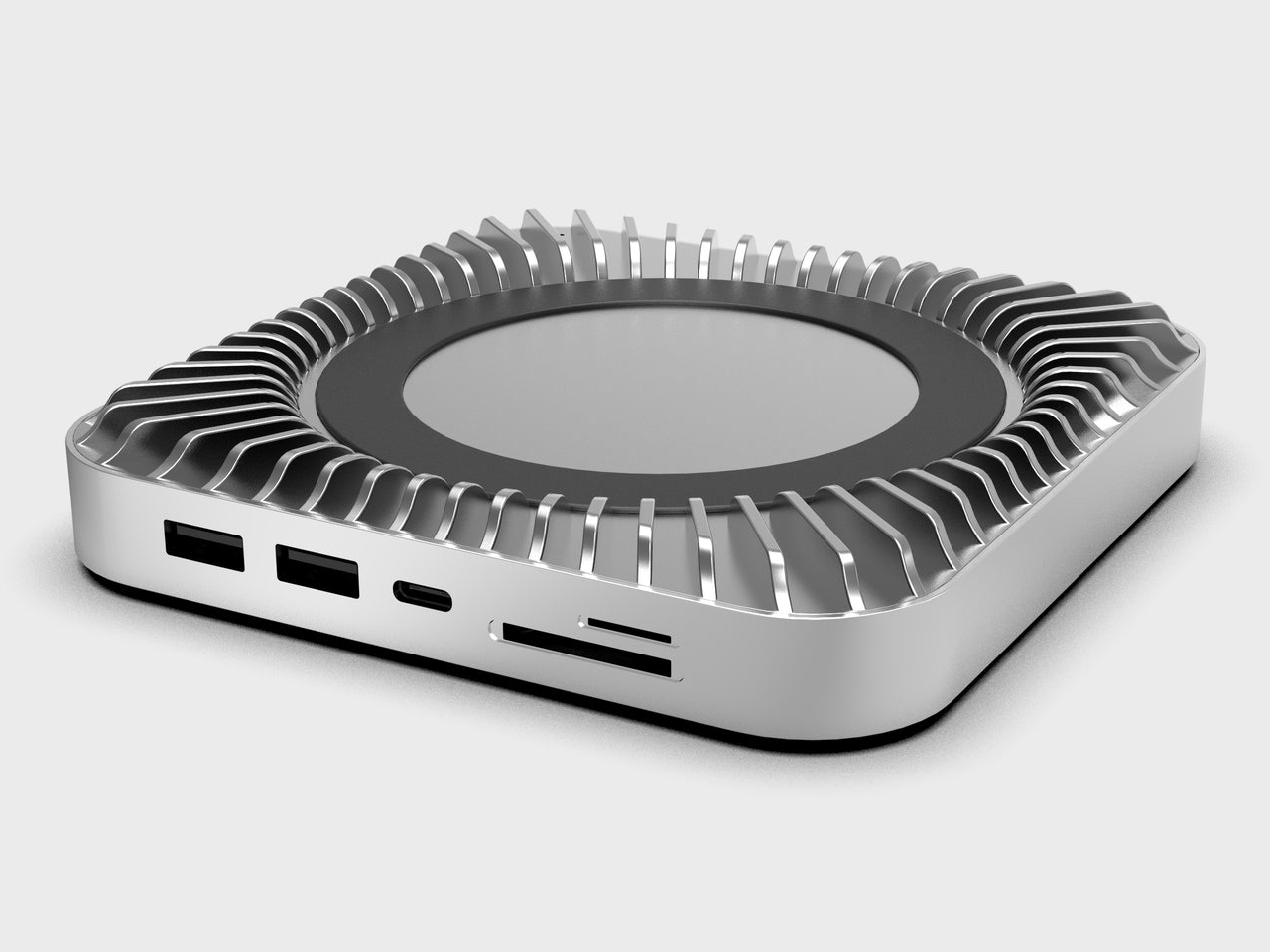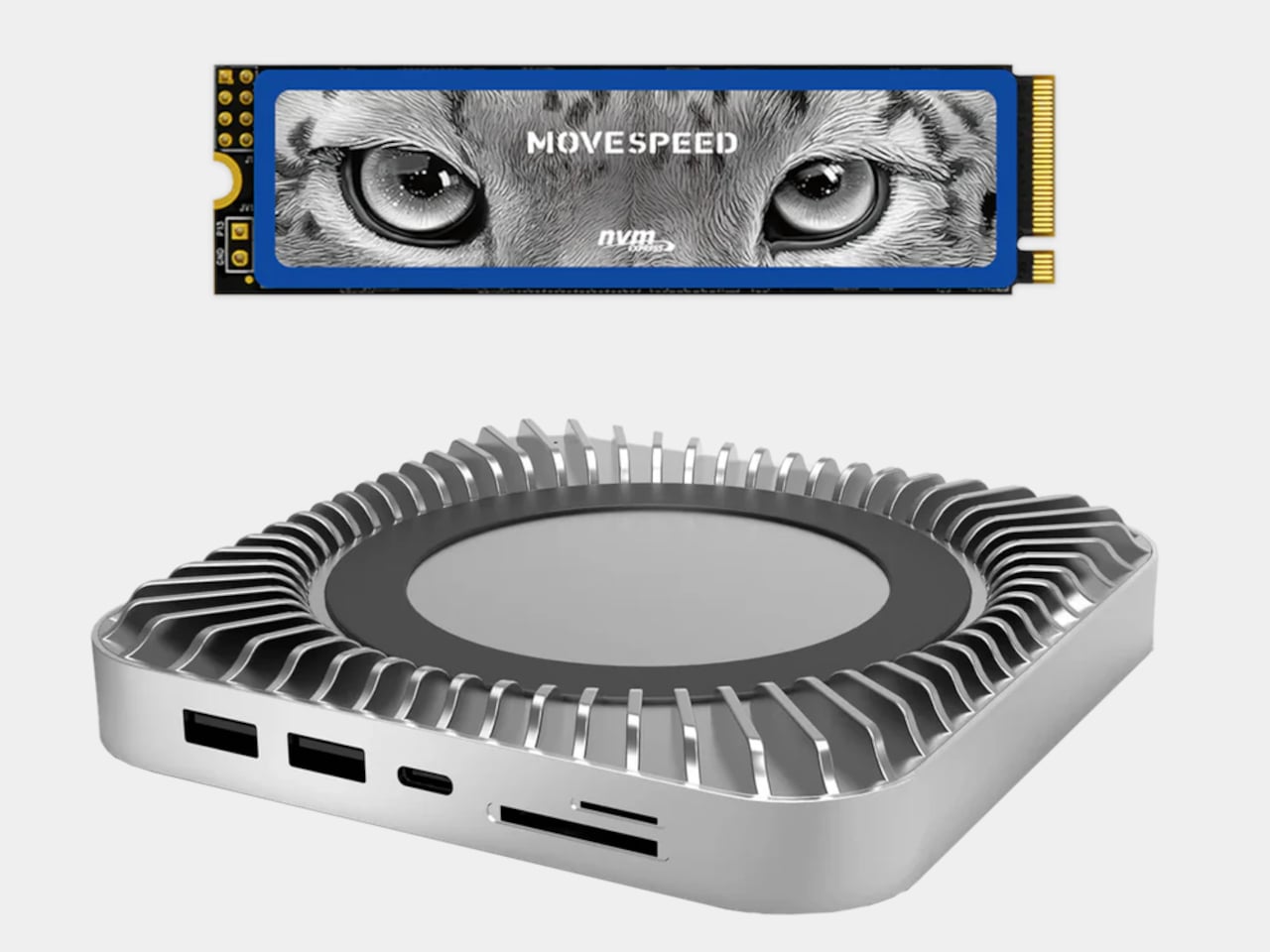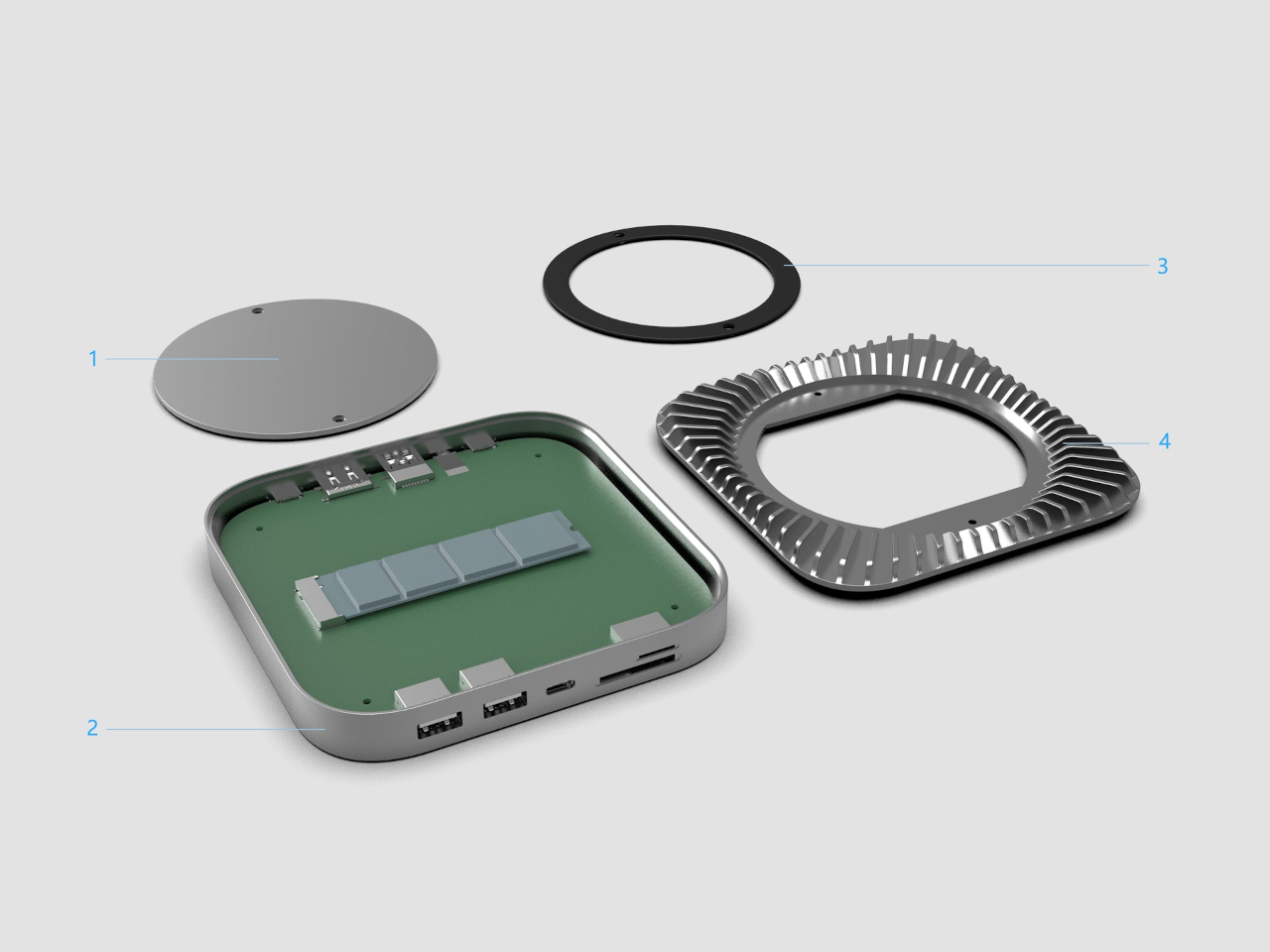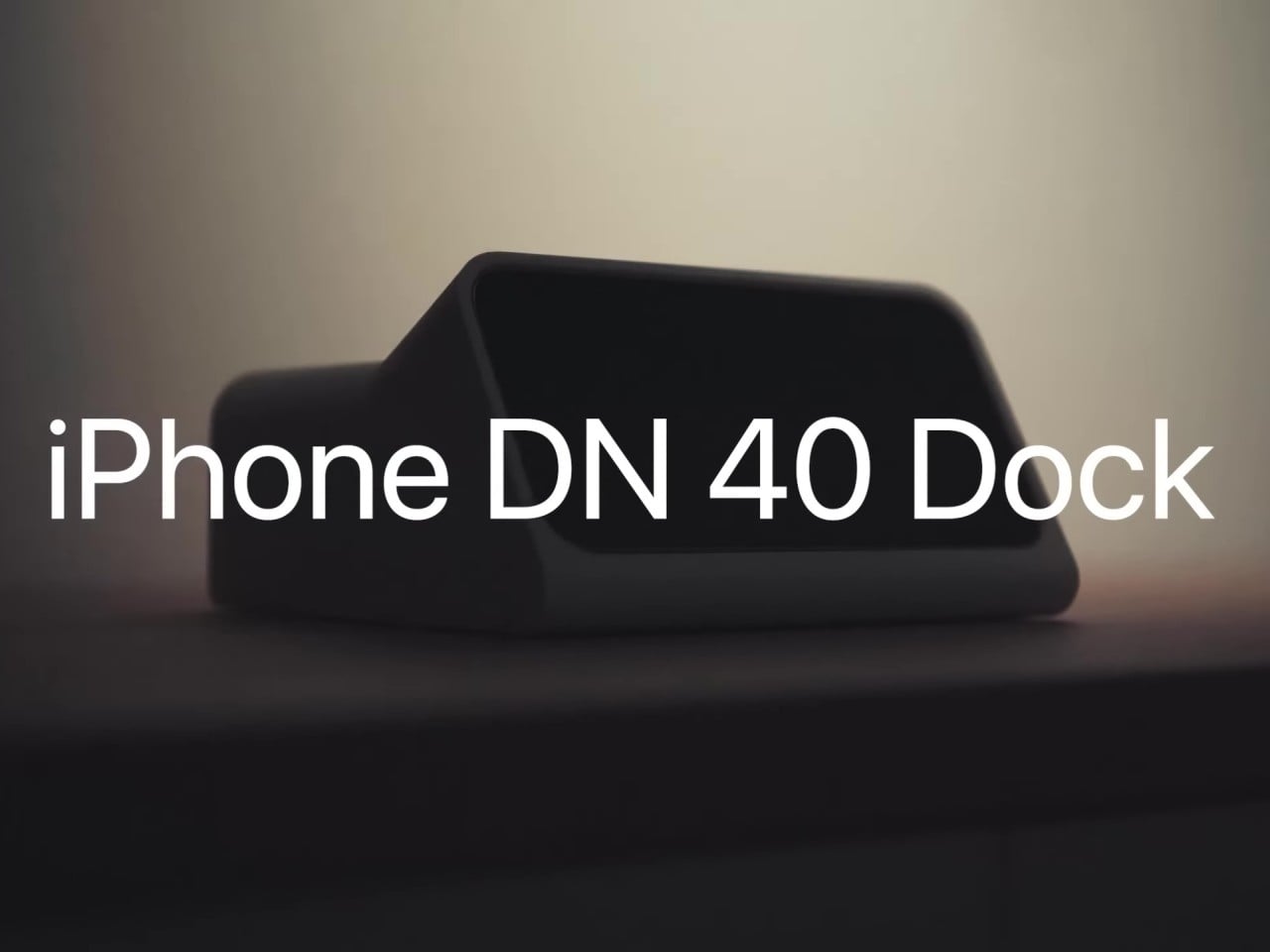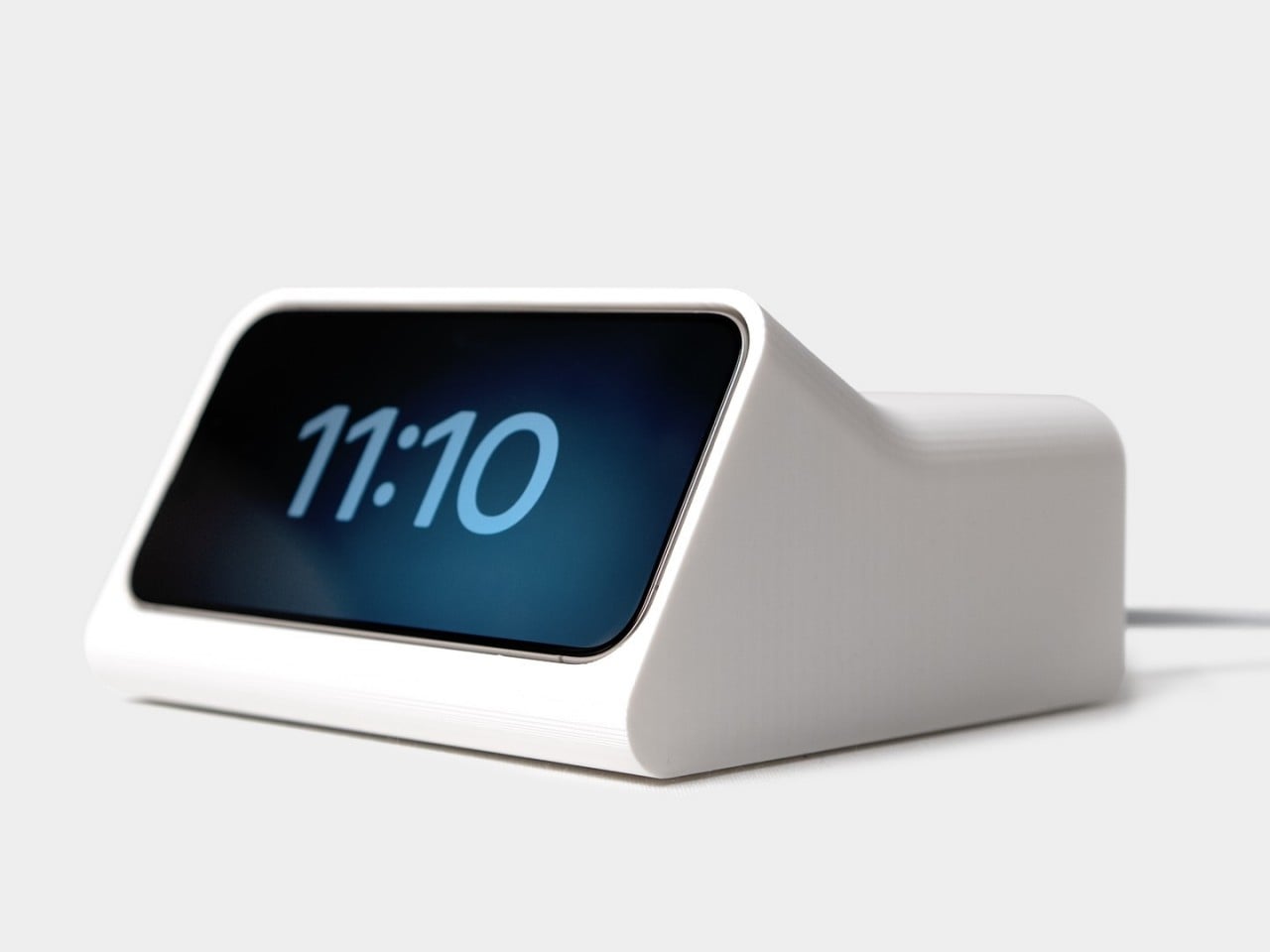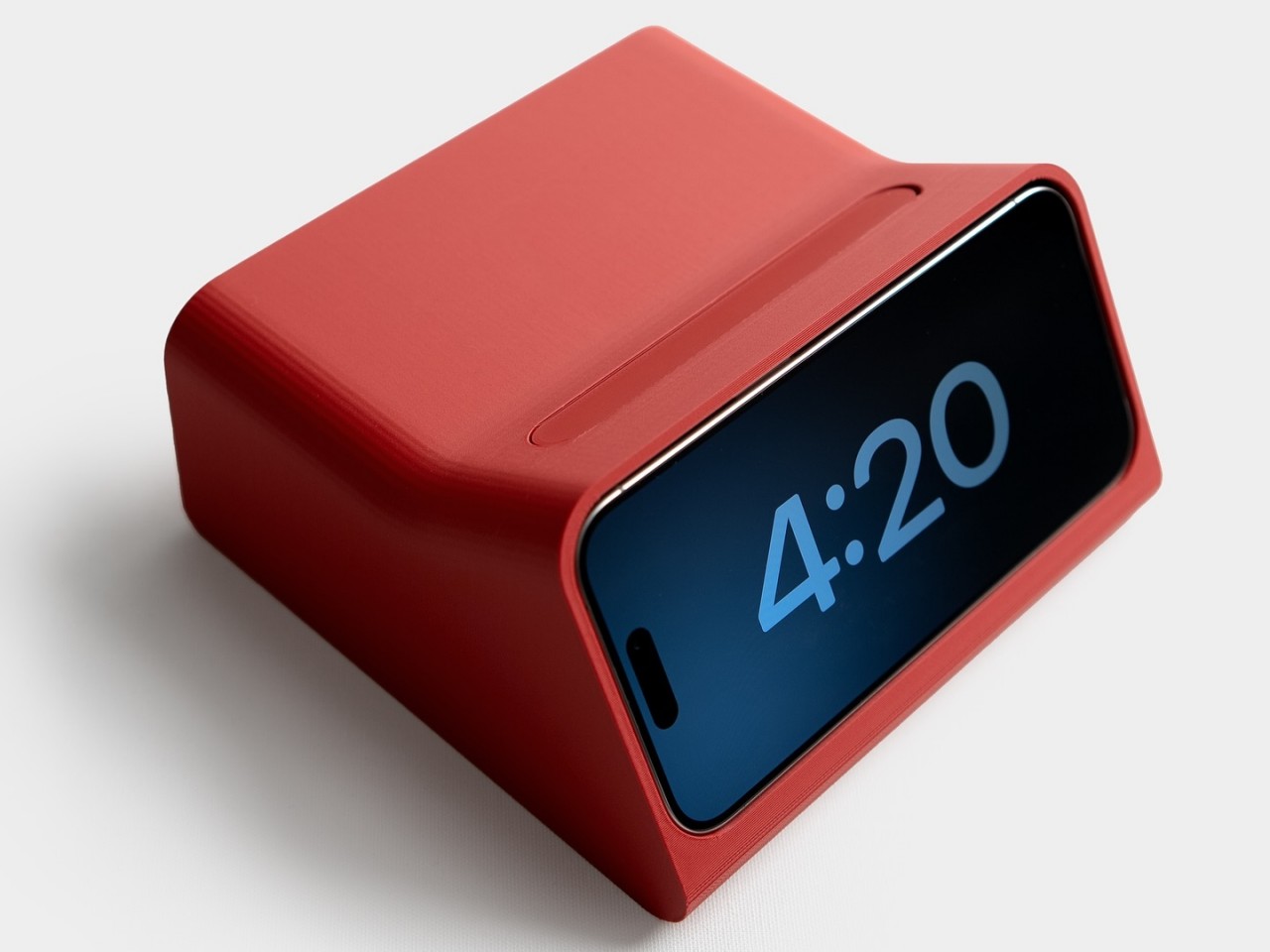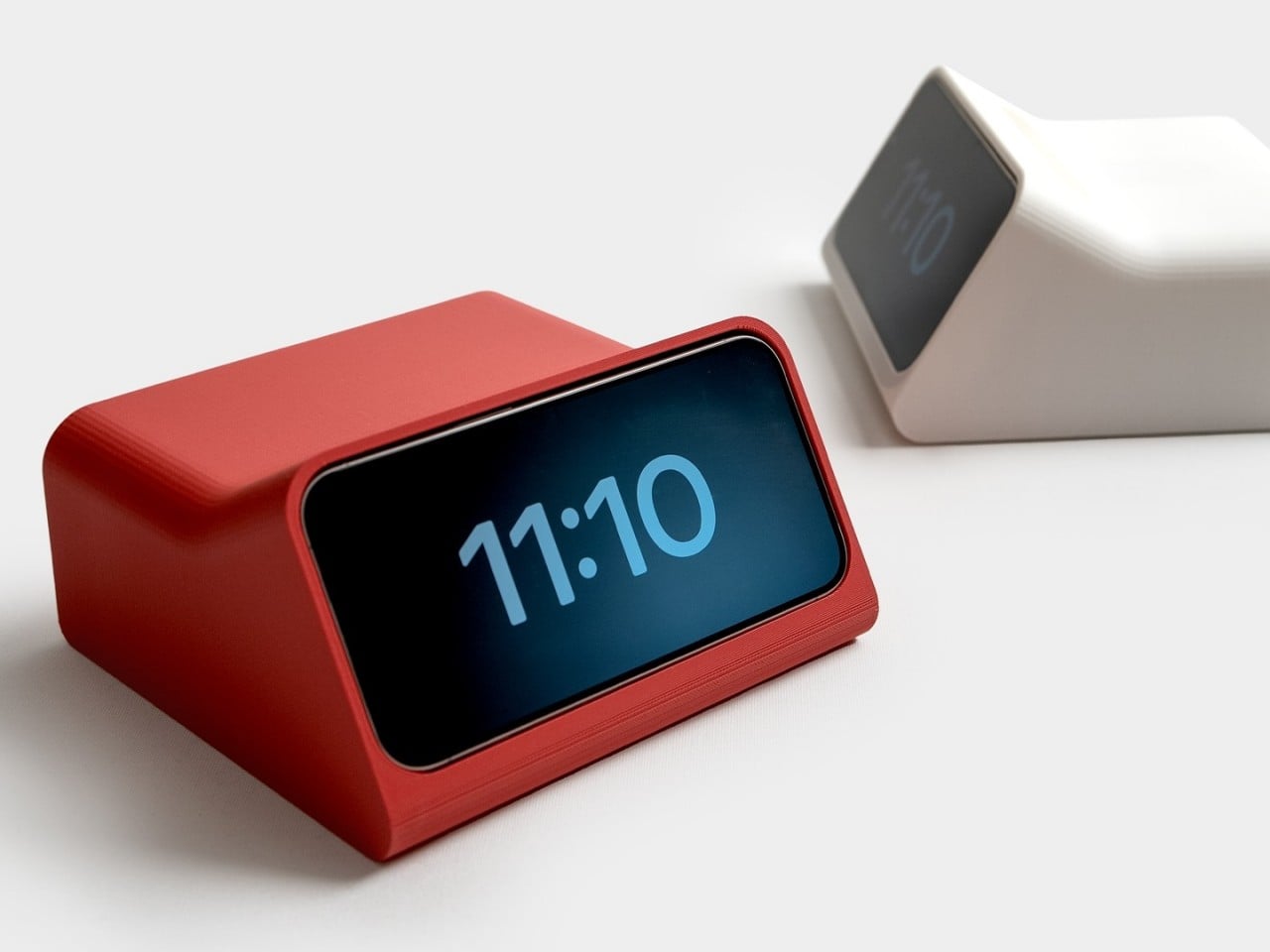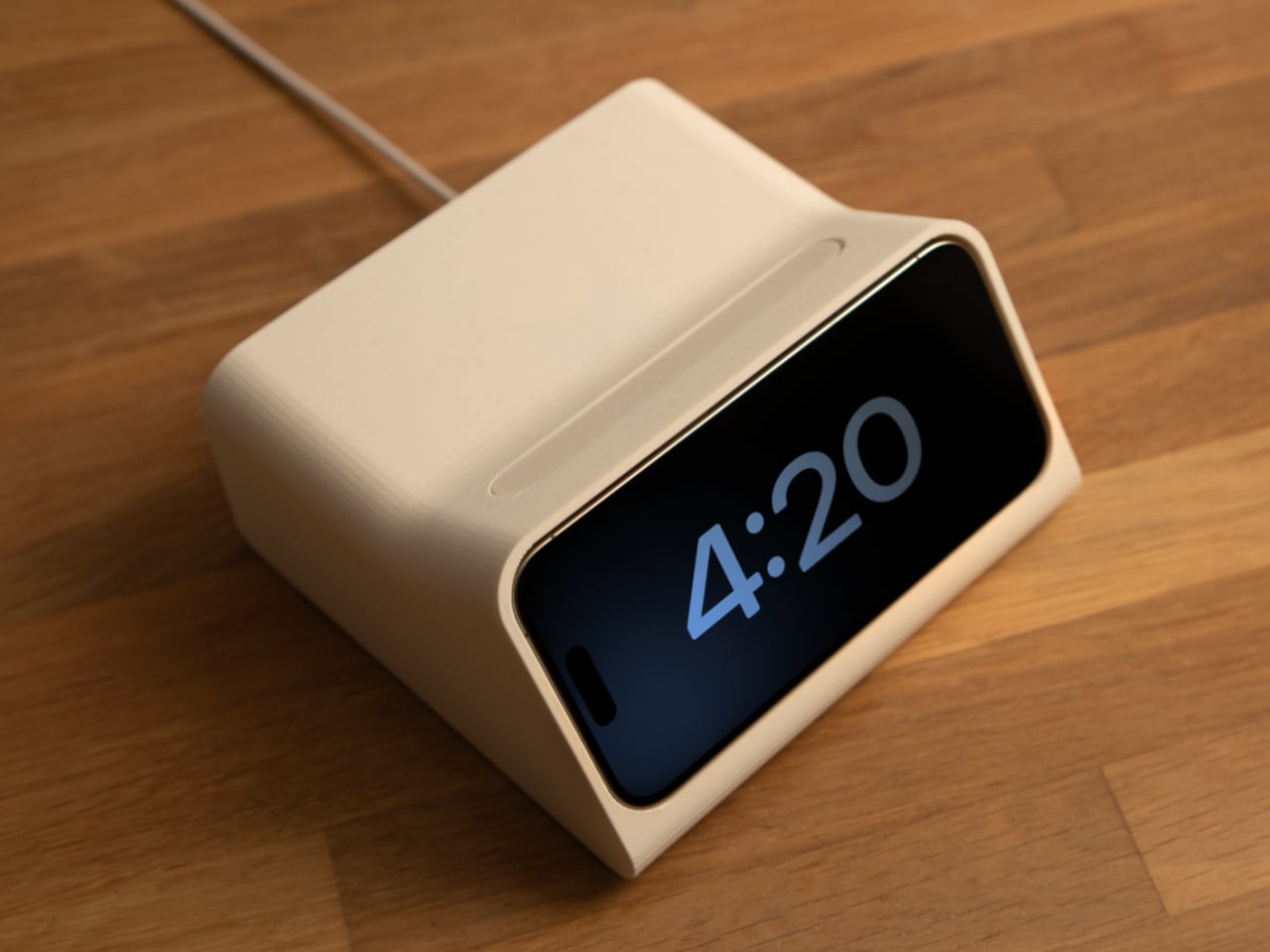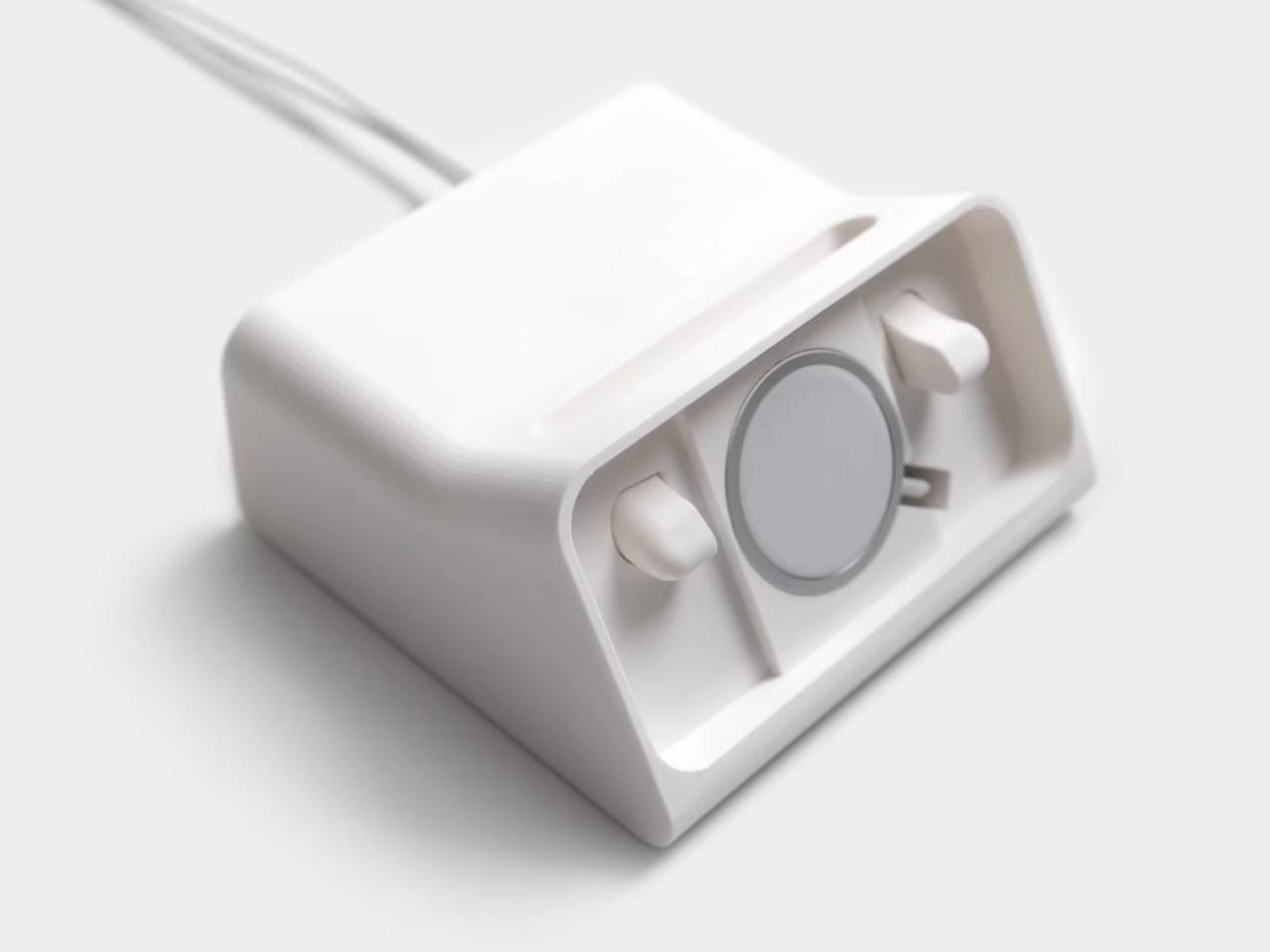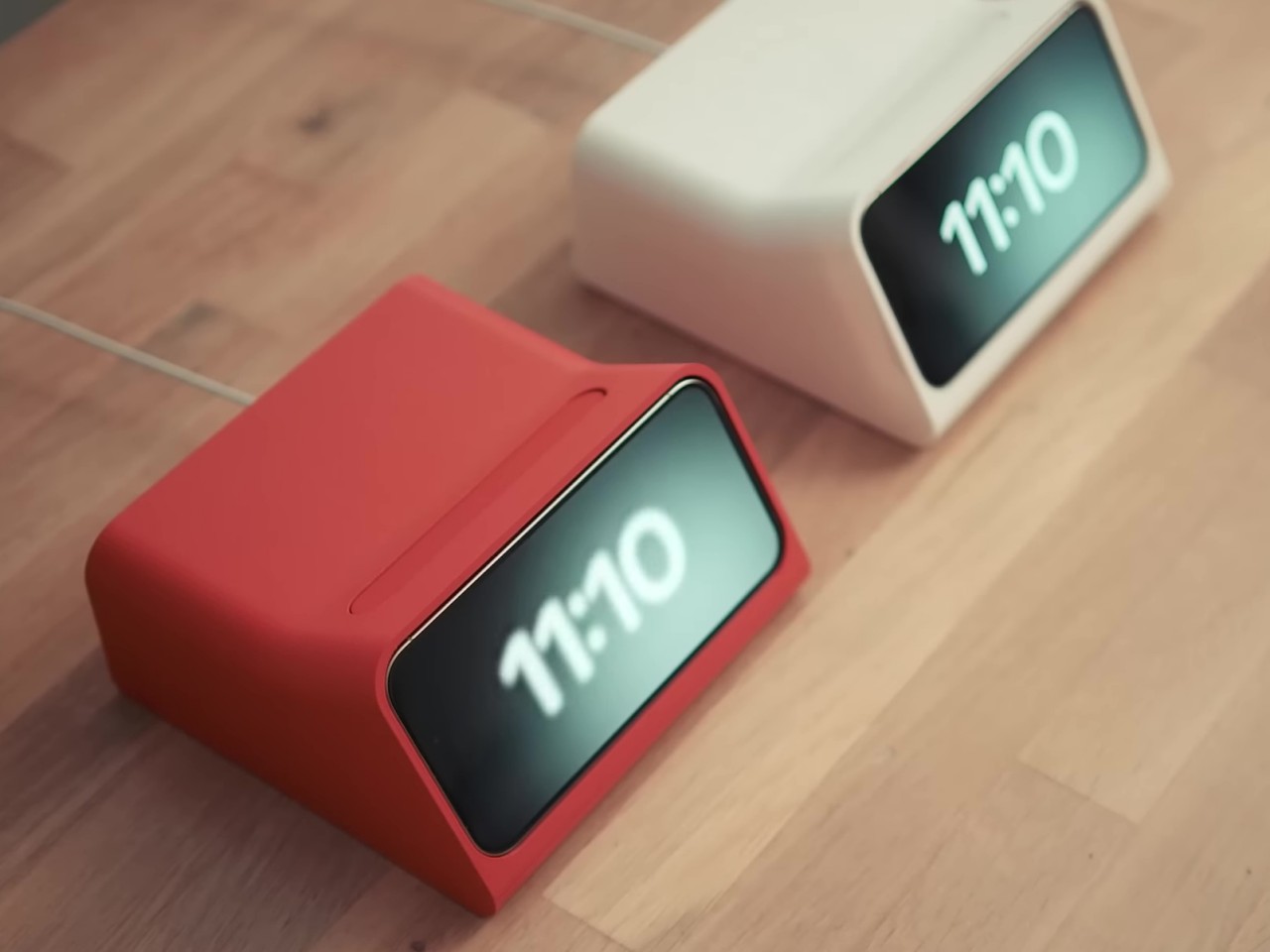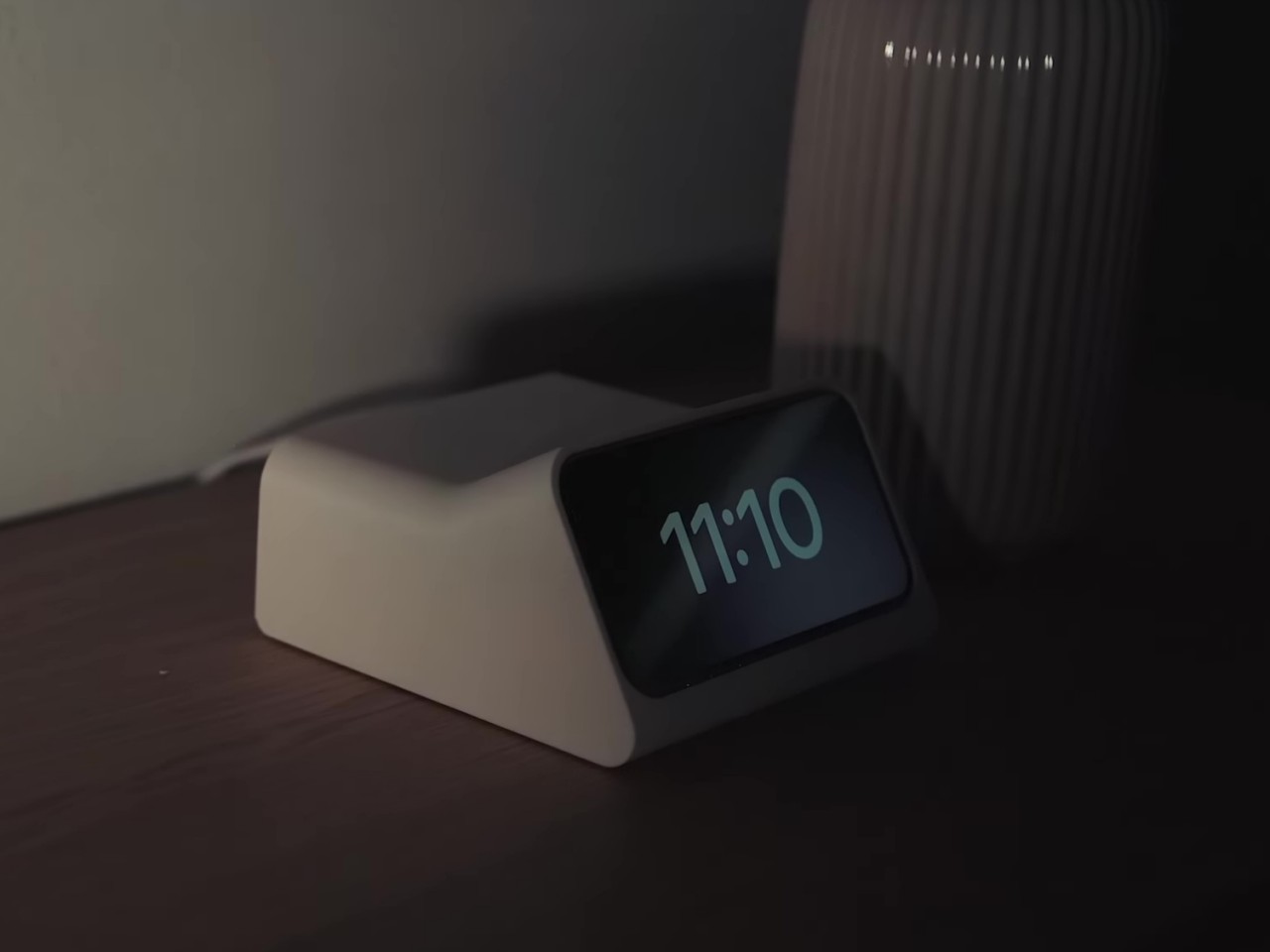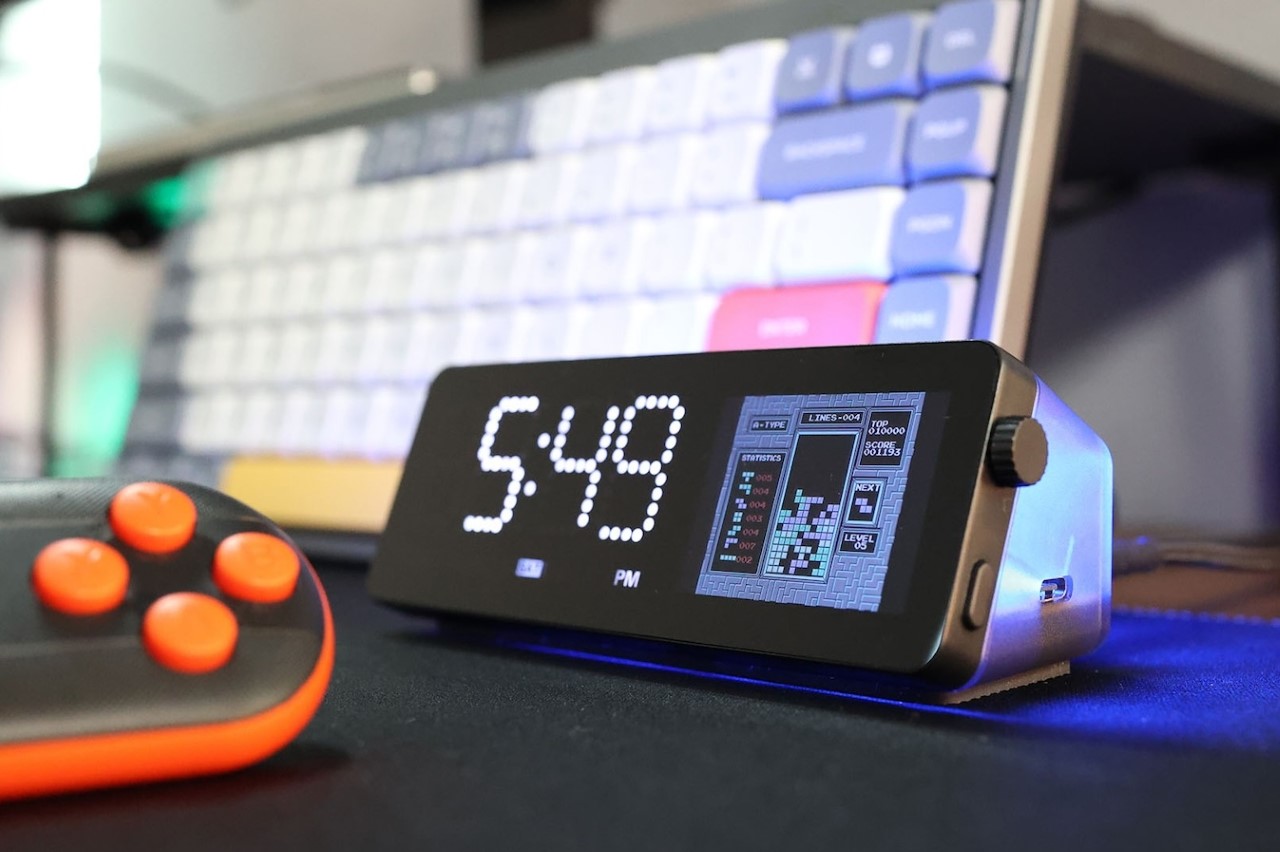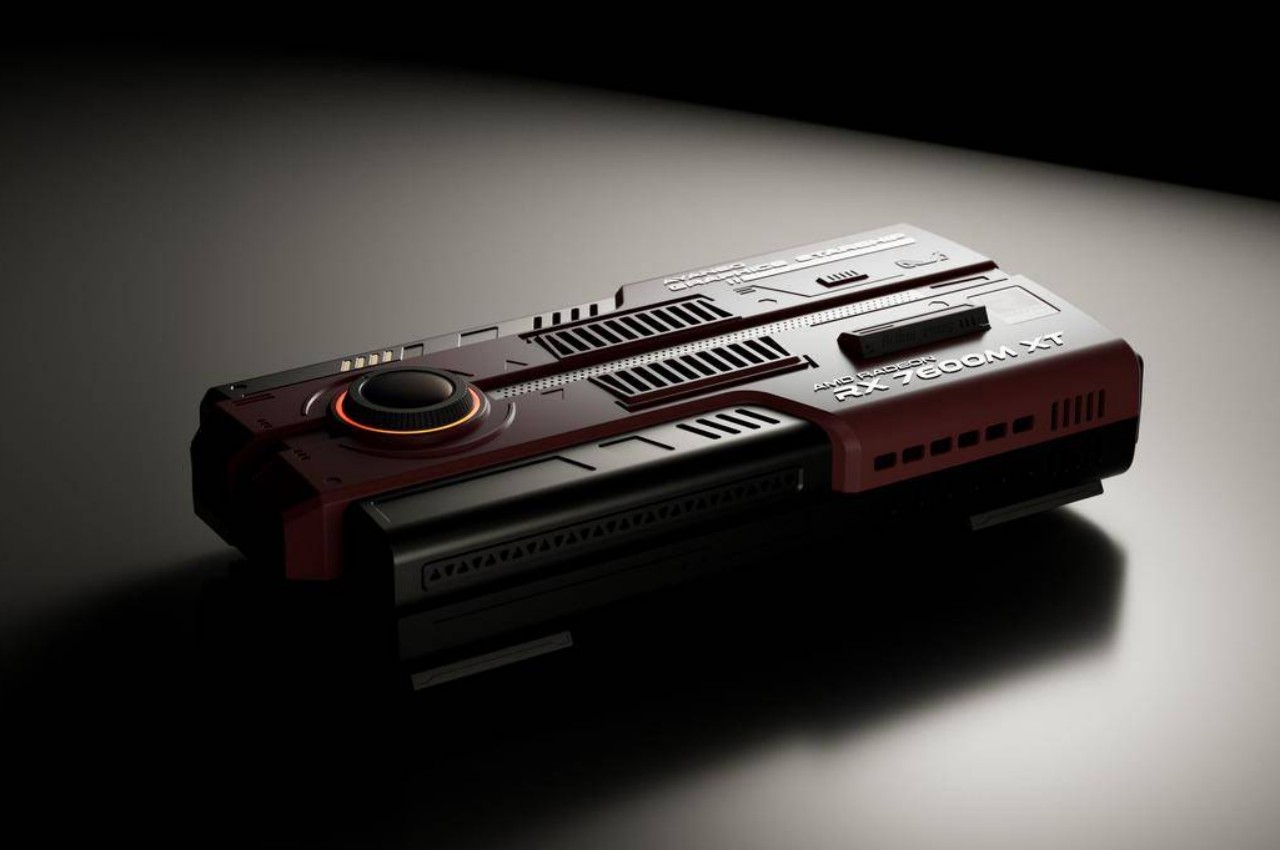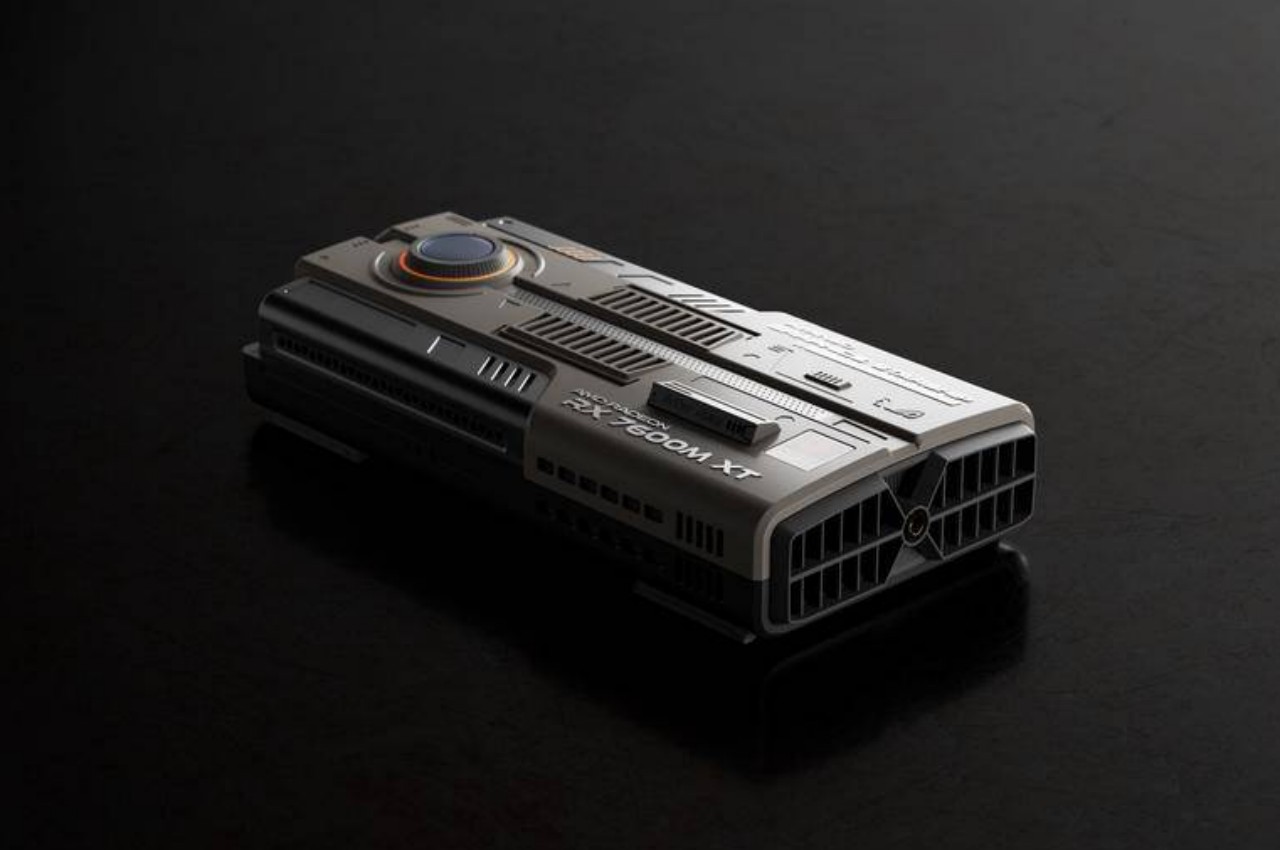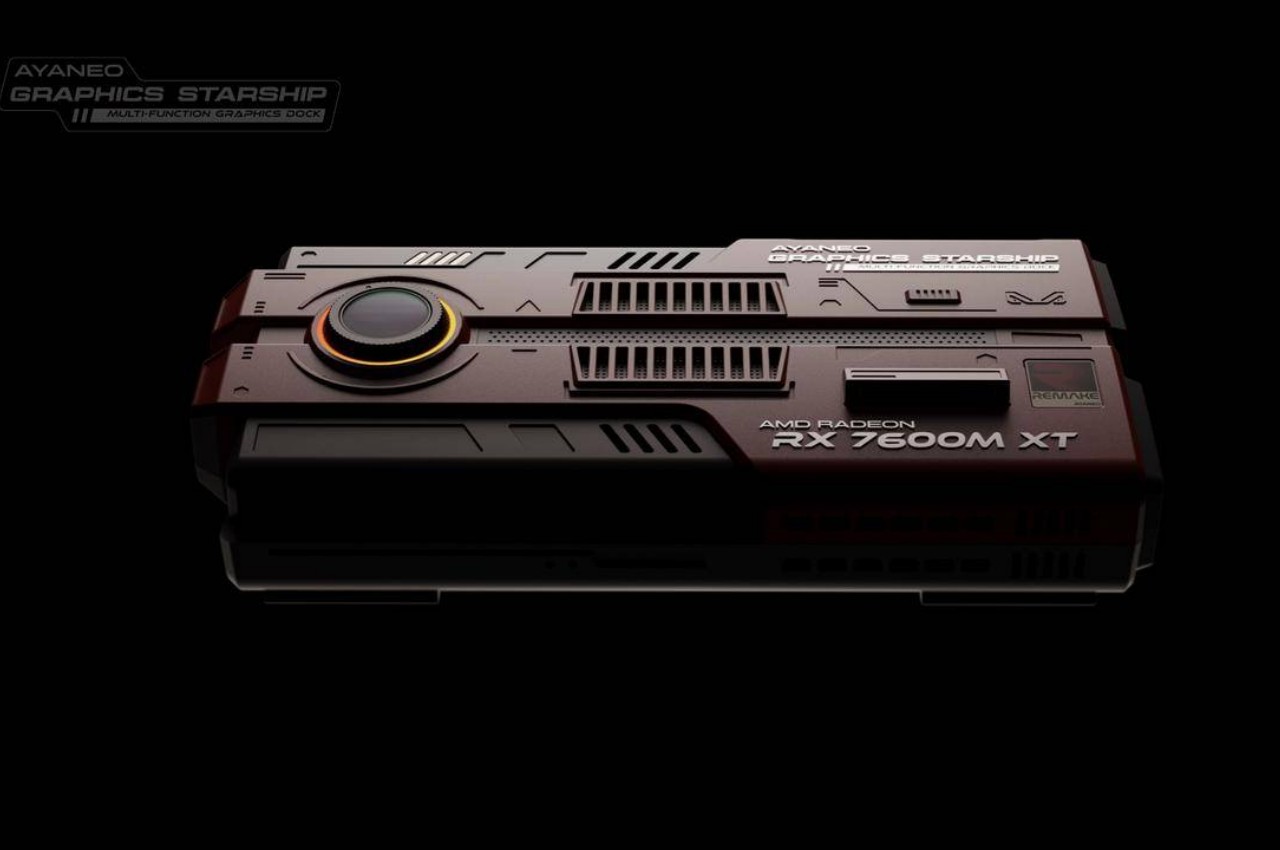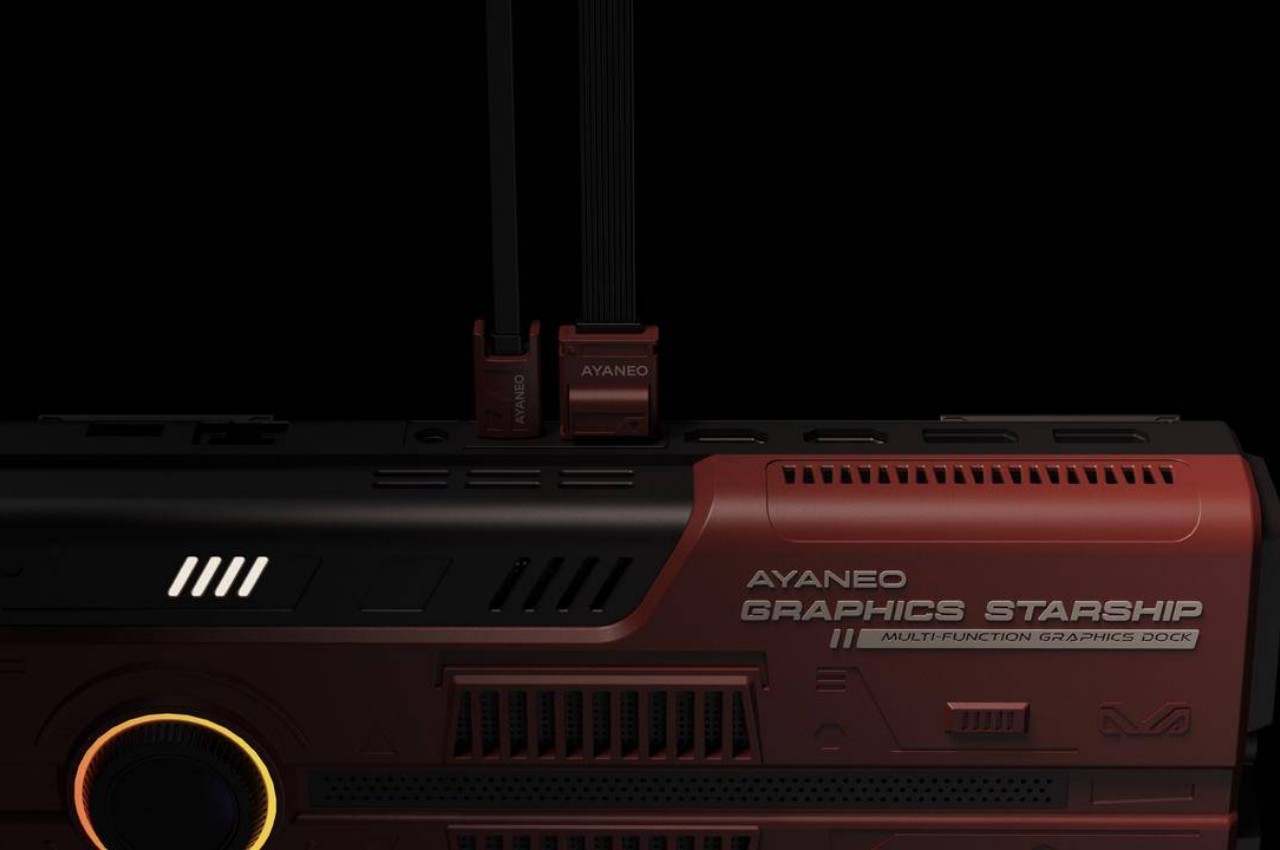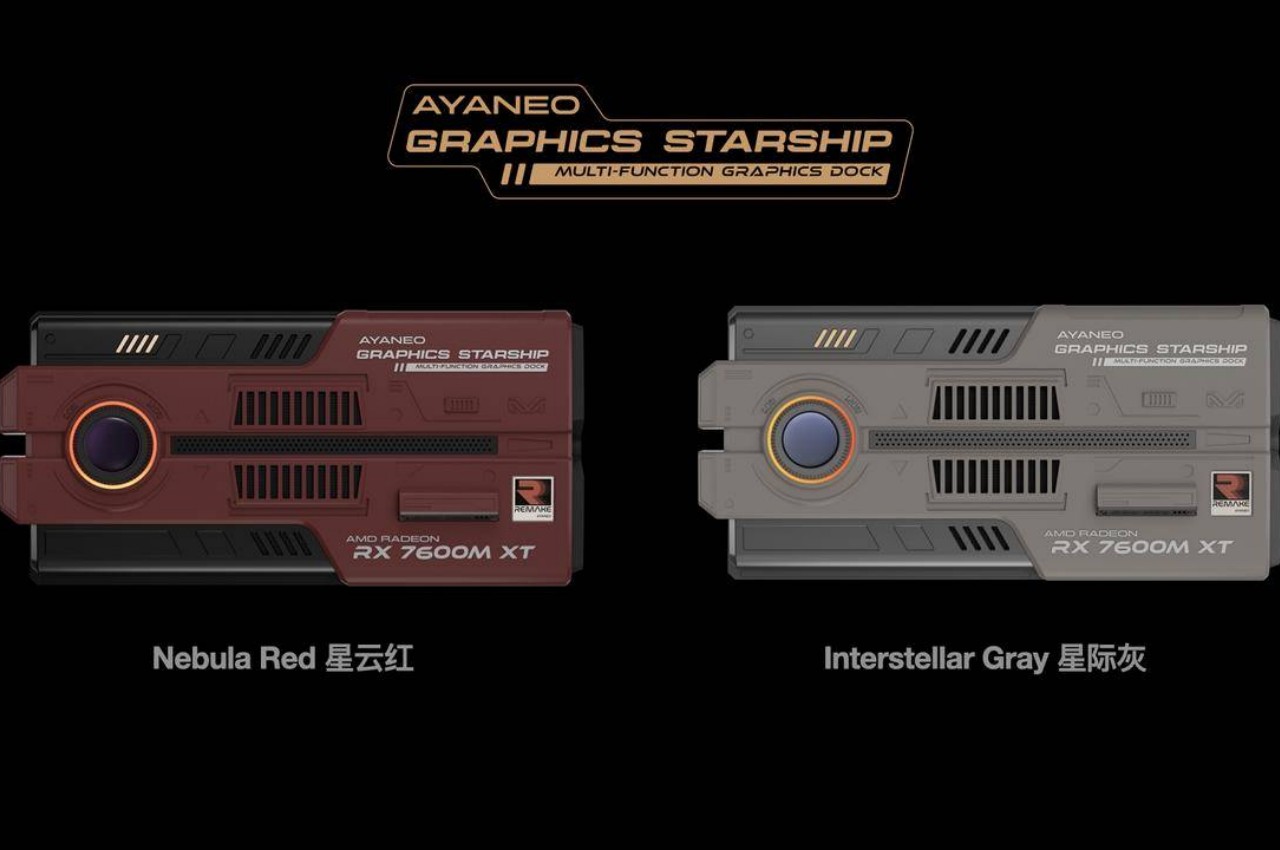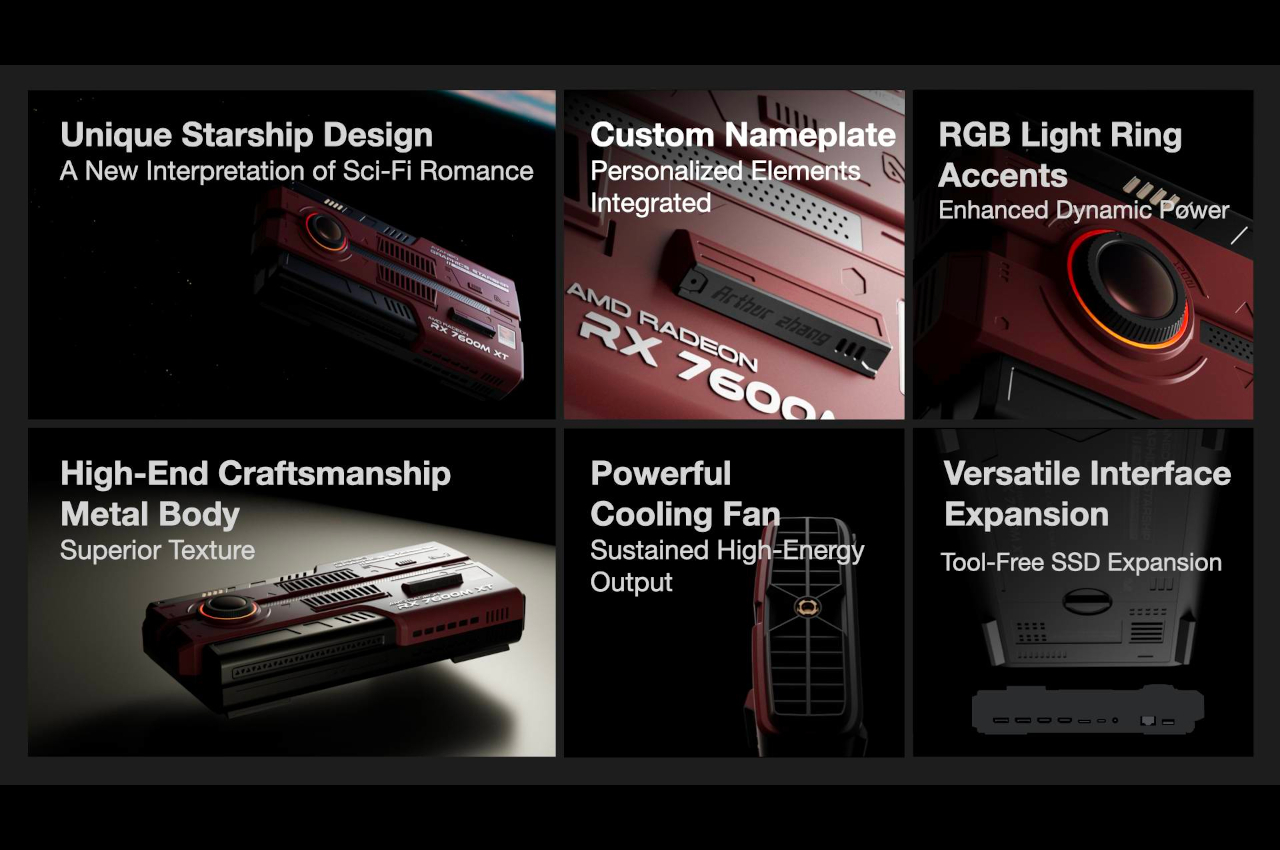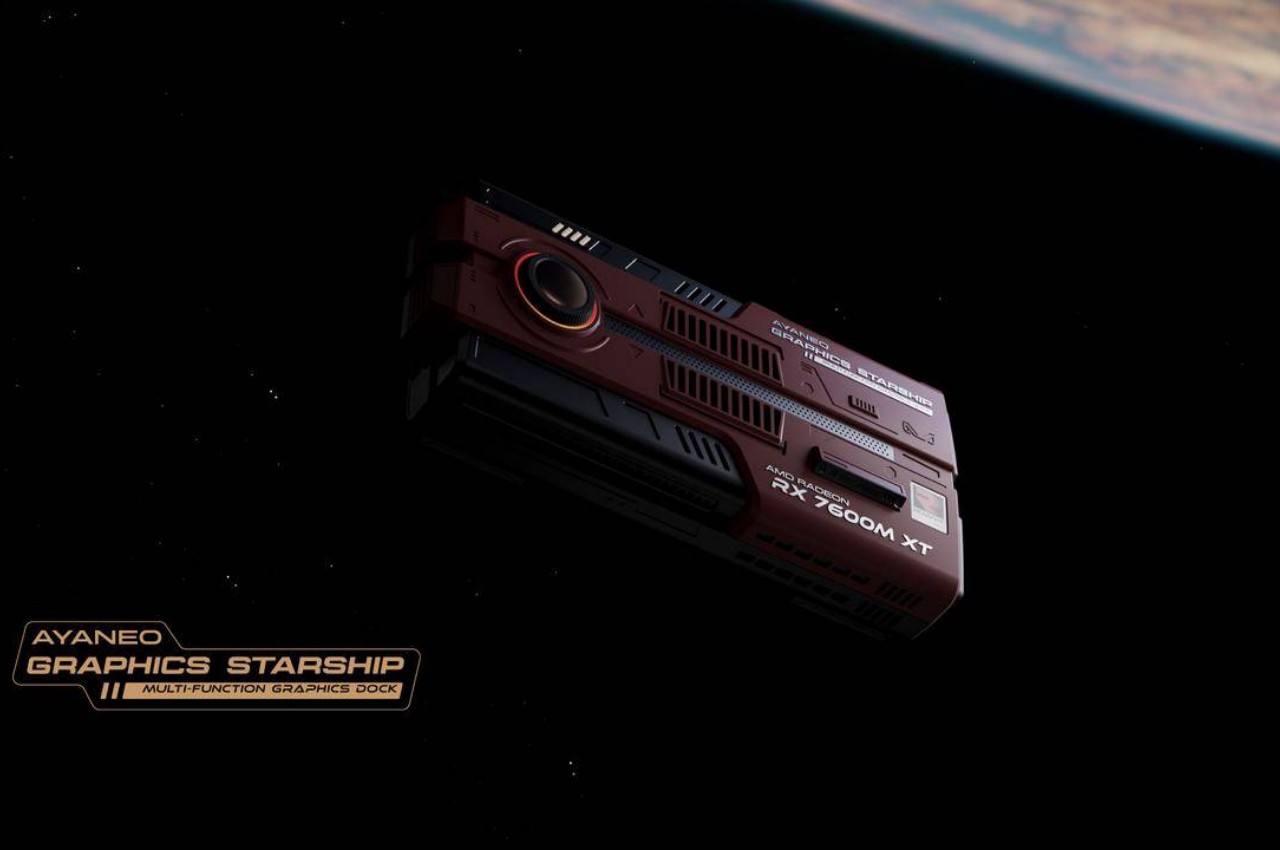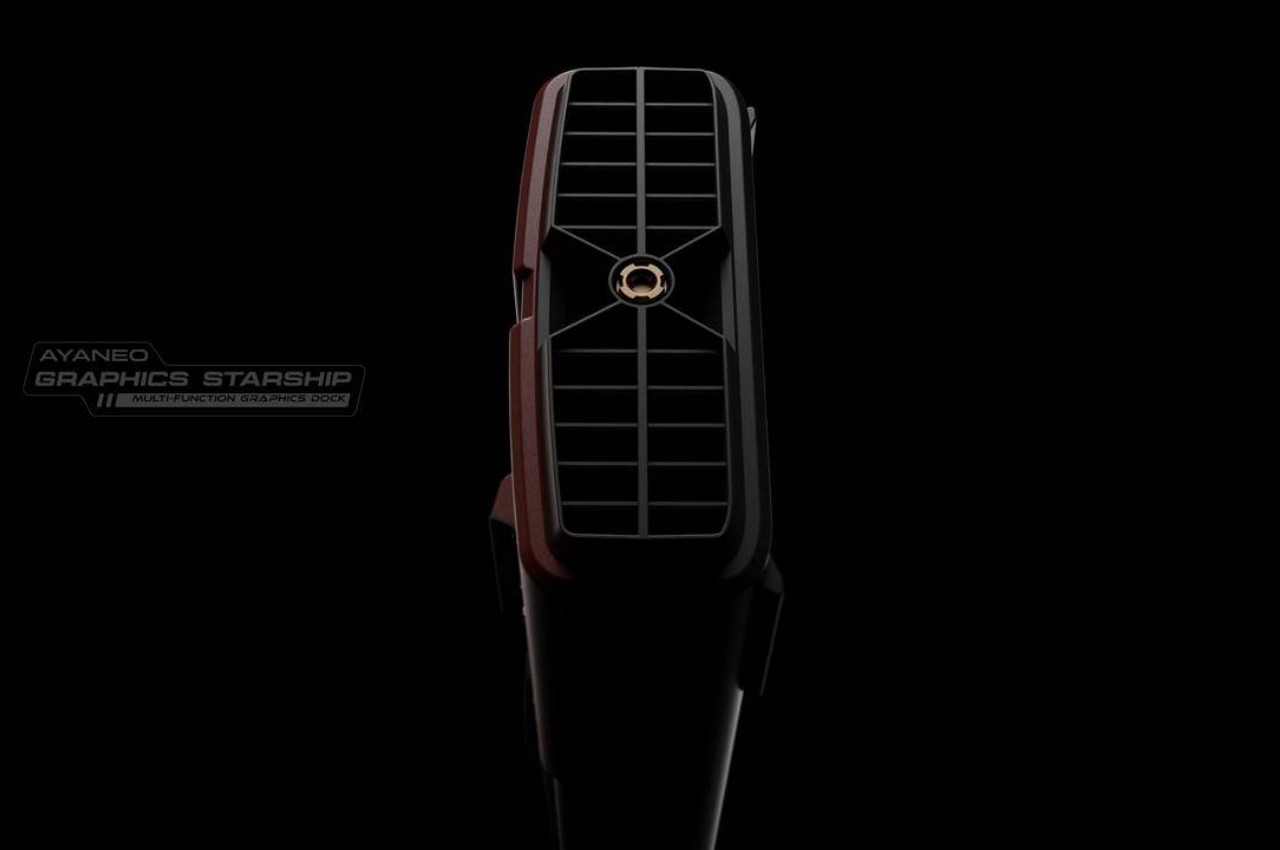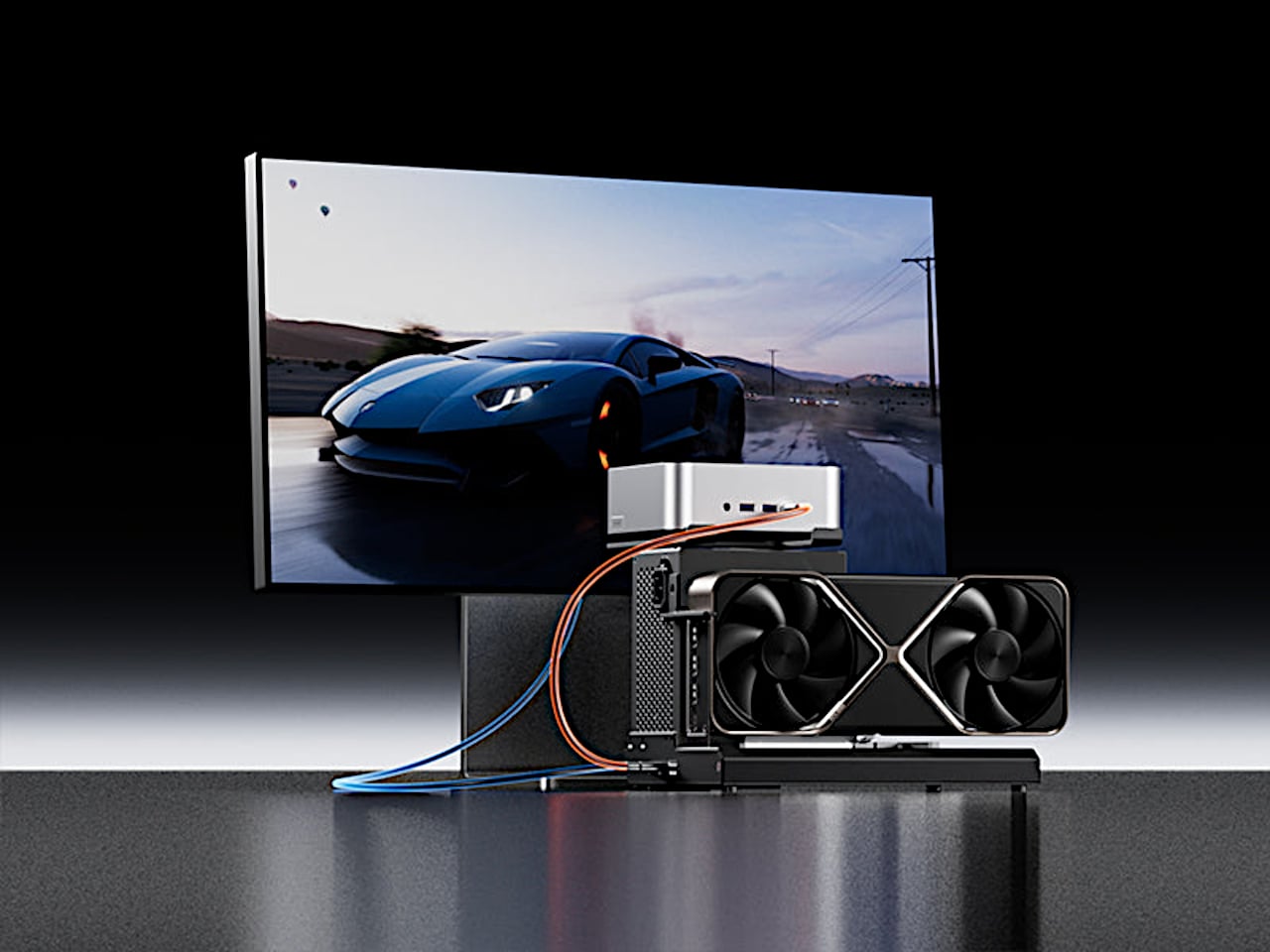
Mini PCs and handheld gaming devices are getting impressively powerful CPUs, but their graphics capabilities still lag behind desktop machines by a wide margin. Integrated graphics can handle everyday tasks and lighter games just fine, but demanding titles or creative work that needs GPU acceleration quickly expose the limitations. External GPU docks have become a popular solution for bridging that gap, letting you plug a desktop graphics card into a compact device whenever you need the extra horsepower.
The AOOSTAR EG02 takes a different approach from most eGPU solutions by giving you a barebones platform where you bring your own power supply and graphics card. It’s designed for enthusiasts who use mini PCs, laptops, or handheld gaming devices and want the flexibility to configure their own GPU setup. The dock supports both Thunderbolt 5-class connections and Oculink, covering the two major high-bandwidth paths for connecting external graphics to modern compact computers.
Designer: AOOSTAR
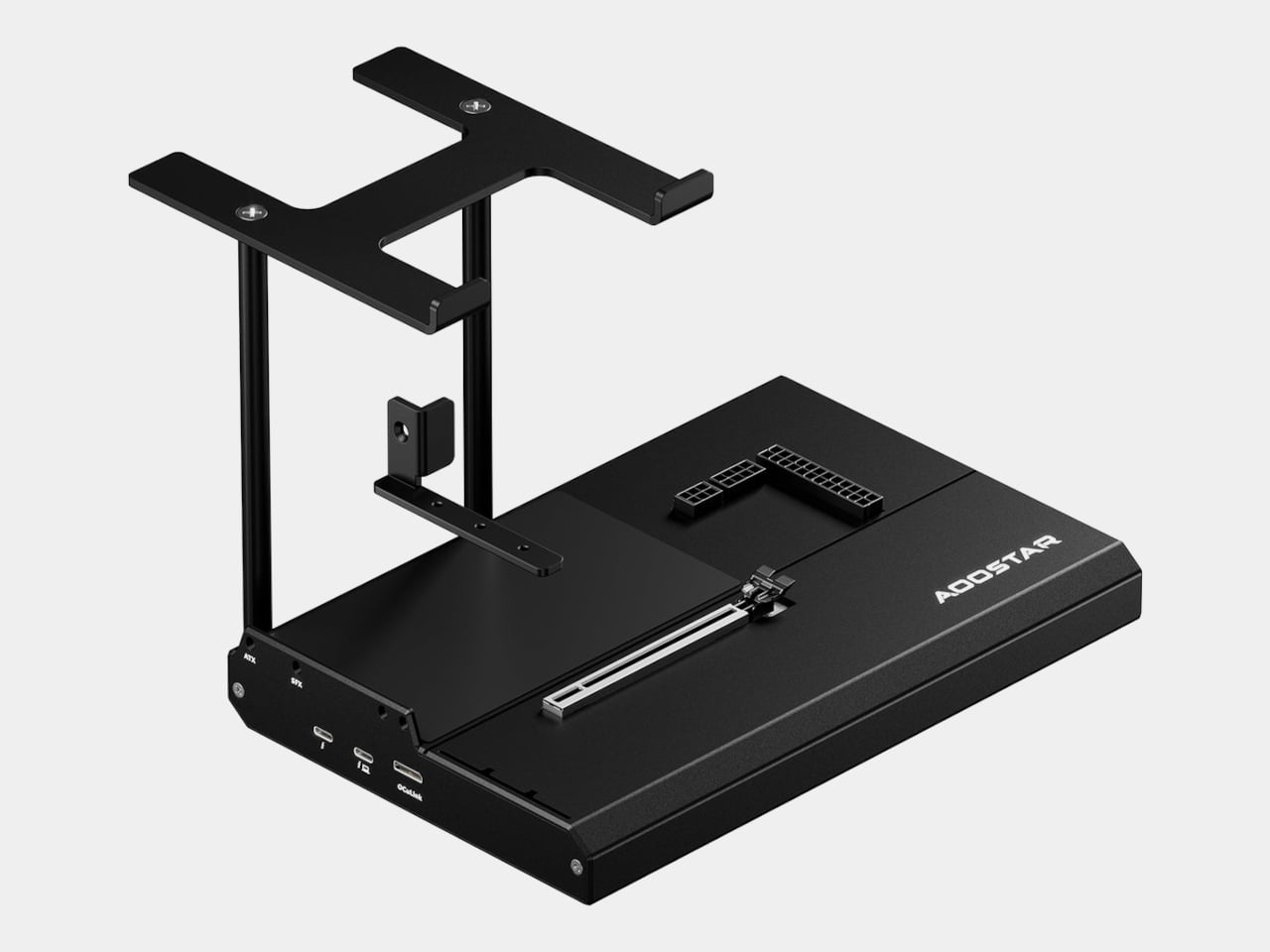
The connectivity story here is worth understanding. Two front-facing USB-C ports deliver Thunderbolt 5-level bandwidth, which works with newer laptops and some handhelds that support the standard. There’s also an Oculink port that exposes a direct PCIe 4.0 x4 link, favored by mini PC users because it offers lower overhead and more consistent performance than Thunderbolt in some scenarios. Having both options means the dock works with whatever connection your host device supports.
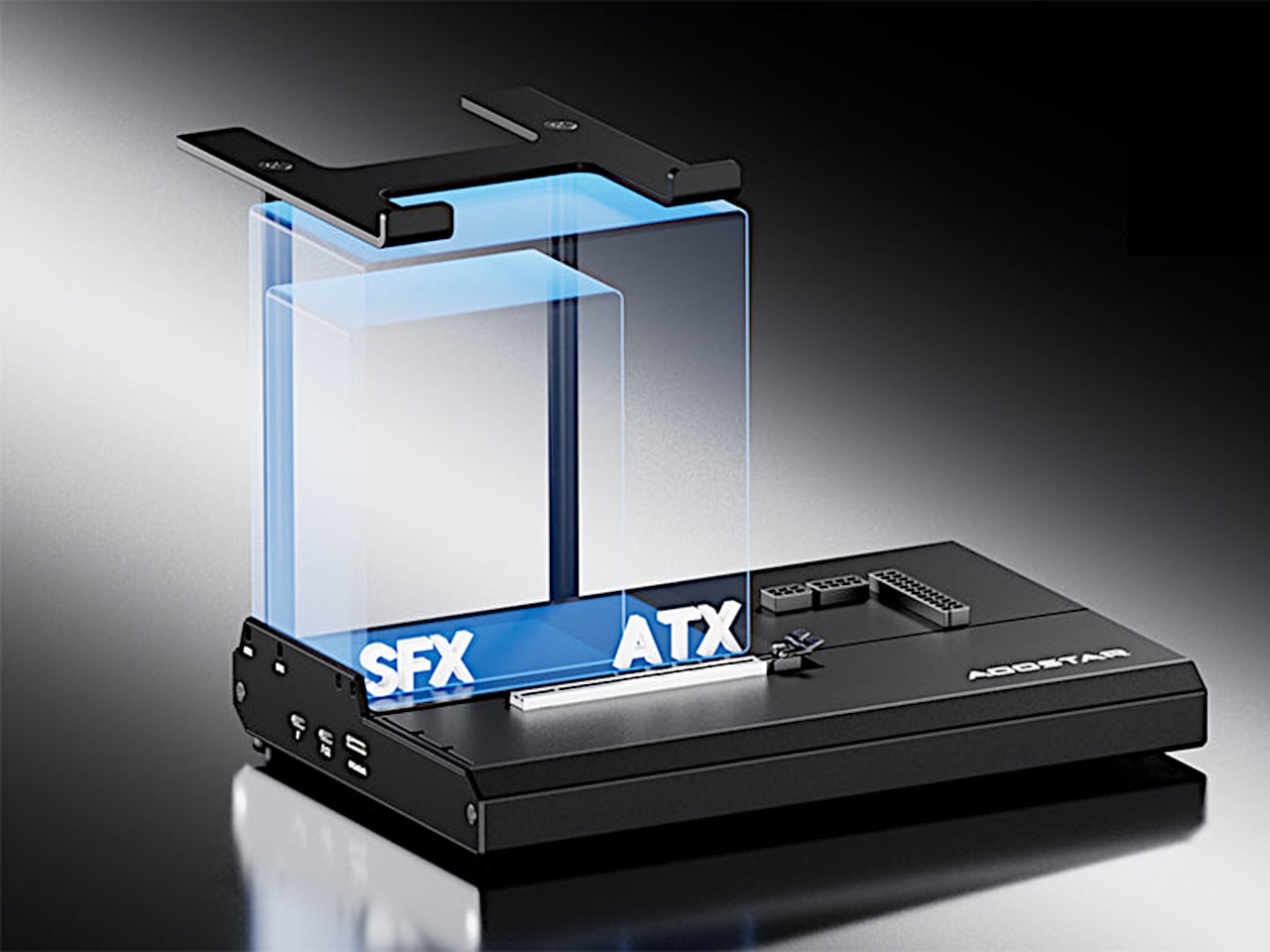
Power comes from whatever ATX or SFX power supply you install in the back of the chassis. That dual-spec support means you can use anything from a compact 600-watt unit to a massive 1000-watt brick, depending on what kind of GPU you’re running. The all-metal chassis features an integrated aluminum frame with an adjustable GPU support arm that slides to match different card lengths, preventing sag and keeping everything stable.

Above the power supply sits a removable stand designed to hold a mini PC, creating a vertical stack where the PSU, mini PC, and GPU all occupy the same footprint. That’s useful if you want a compact all-in-one rig on your desk, but the stand can be detached if your mini PC will live somewhere else, like next to a monitor or tucked behind other gear.

The design encourages tinkering rather than hiding the hardware. In the lifestyle photos, you can see a mini PC perched on top of the dock with cables running to a GPU, or a handheld gaming device plugged in and suddenly pulling power from a full-size desktop card. It’s a modular approach that gives you control over every component and makes upgrades straightforward.

The EG02 is clearly aimed at people who enjoy building and tweaking their setups rather than those looking for a sealed, plug-and-play solution. As computing continues shrinking into handhelds and tiny boxes, a dock like this feels like a natural companion for anyone who still wants desktop-class graphics performance without committing to a full tower that occupies half their desk and costs twice as much.
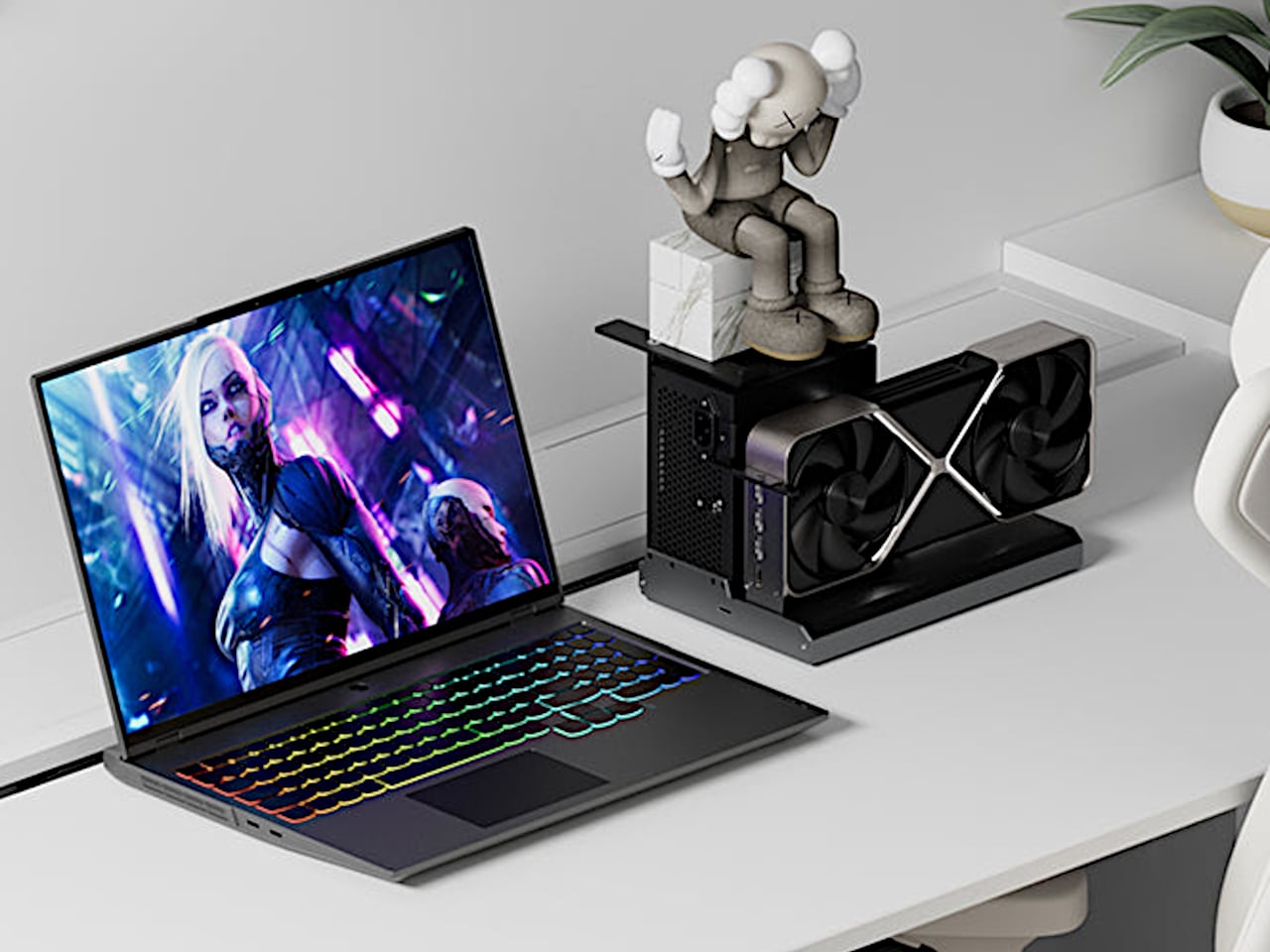
The post AOOSTAR EG02 eGPU Dock Has a Built-In Stand for Your Mini PC first appeared on Yanko Design.

